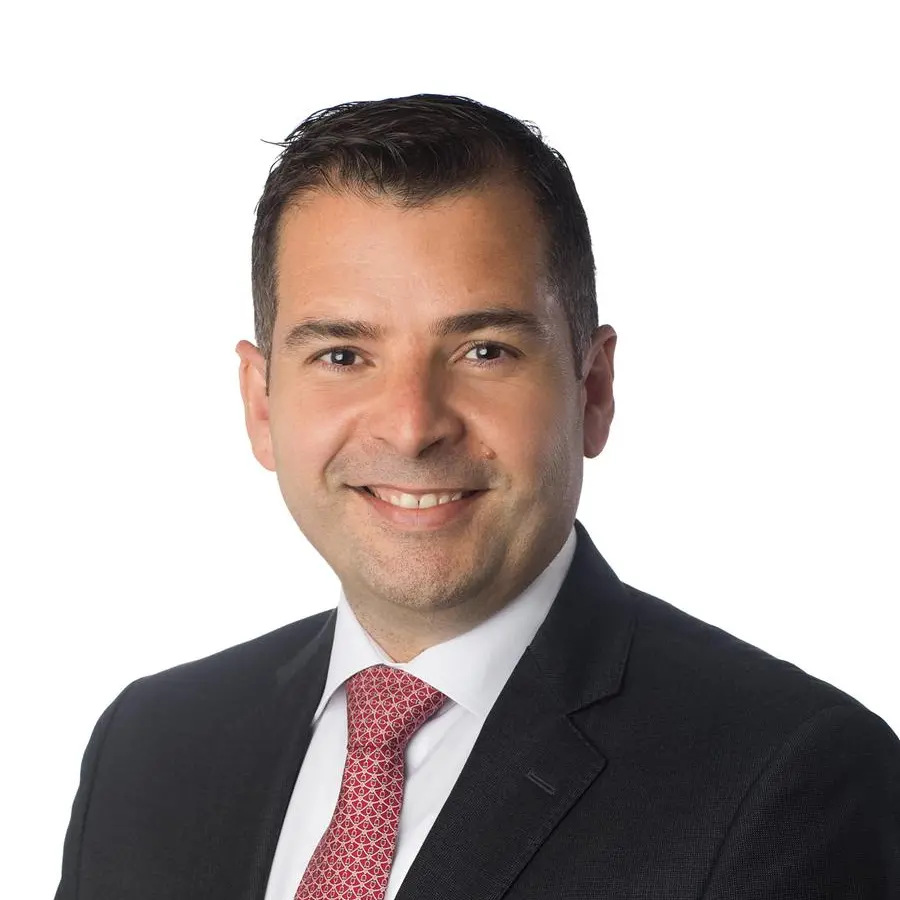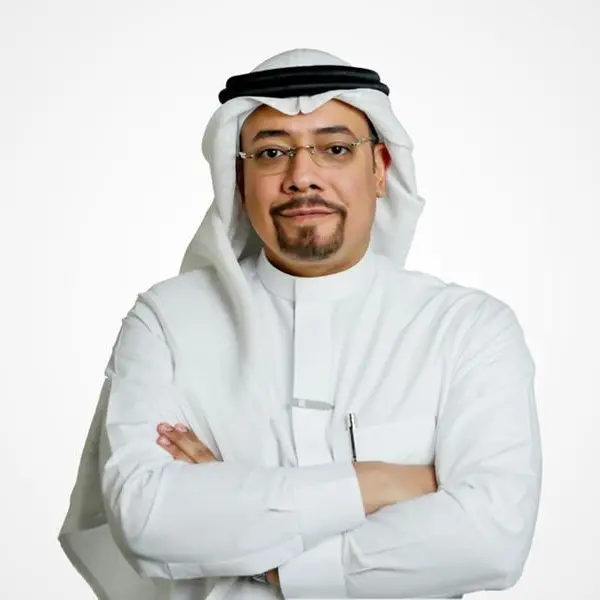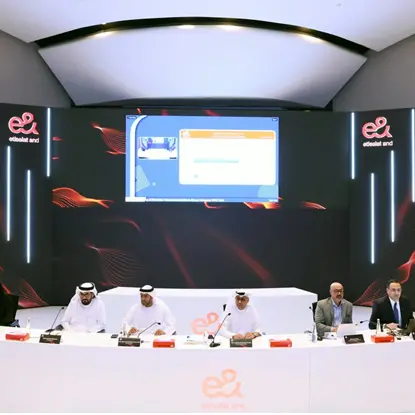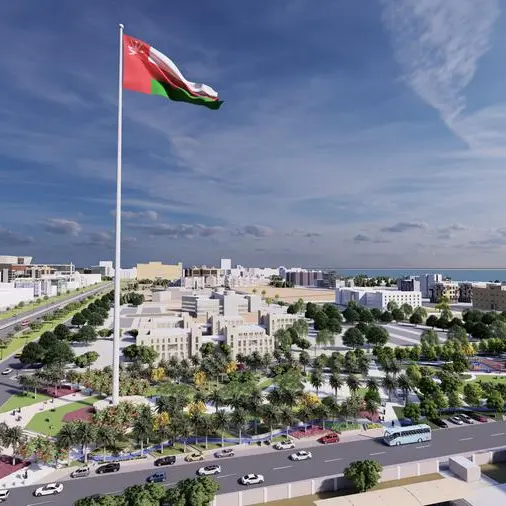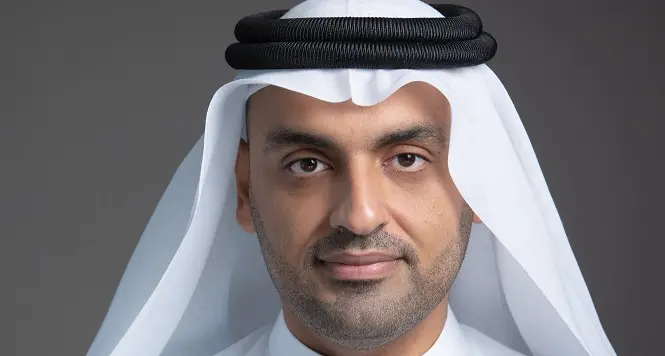United Arab Emirates: Emirates Global Aluminium, the largest industrial company in the United Arab Emirates outside oil and gas, today marked the 100th shipload of bauxite exported from the Republic of Guinea since the start-up of its wholly owned bauxite-mining subsidiary Guinea Alumina Corporation in August 2019.
EGA uses Capesize vessels to transport much of its bauxite ore. Capesize vessels are up to 300 metres long – more than the length of two football fields – and 50 metres wide. They can carry around 180,000 tonnes of bauxite ore.
In total EGA has exported over 16.4 million dry metric tonnes tonnes of bauxite from Guinea so far, which would be enough to fill Wembley Stadium in London more than nine times.
Bauxite is the ore from which aluminium is derived. The aluminium content of all the GAC bauxite exported so far would be enough to make over three million tonnes of metal, enough to build over 9,000 A380 airliners.
EGA mainly ships bauxite to customers in China and India, but some GAC bauxite is brought to the UAE as feedstock for EGA’s Al Taweelah alumina refinery in Abu Dhabi.
In 2020, GAC’s first full year of production, EGA was the second-biggest third party seller of bauxite in the world.
EGA’s Chief Executive Officer, Abdulnasser Bin Kalban, said: “In less than two years since the start-up of GAC, we have established EGA as an important player in the global seaborne merchant bauxite market. I commend the GAC team for reaching the milestone of 100 ships sailed. We are just beginning, and look forward to growing our production in Guinea further to create more value for EGA and the Guinean economy.”
GAC operates a mining concession in Guinea covering an area of more than 690 square kilometres.
Mined ore is loaded onto trains to be taken to the coast. Each train can now carry 11,180 tonnes of bauxite ore, similar to the weight of the Eiffel Tower. So far the trains have made 1,641 return journeys, covering a distance equivalent to more than seven times around the world.
Bauxite ore is transported from GAC’s jetty at the port of Kamsar by self-propelled barges to a trans-shipment point operated in deeper water to accommodate these massive vessels.
The development of GAC cost some $1.4 billion, and was one of the largest greenfield investments in Guinea in over four decades.
In operation, the project makes a direct, indirect and induced contribution of some $700 million each year to Guinea’s economy, a 5.5 per cent boost to GDP.
Over 2,700 people are employed at GAC either directly or as on-site contractors, 94 per cent Guinean.
© Press Release 2021
Disclaimer: The contents of this press release was provided from an external third party provider. This website is not responsible for, and does not control, such external content. This content is provided on an “as is” and “as available” basis and has not been edited in any way. Neither this website nor our affiliates guarantee the accuracy of or endorse the views or opinions expressed in this press release.
The press release is provided for informational purposes only. The content does not provide tax, legal or investment advice or opinion regarding the suitability, value or profitability of any particular security, portfolio or investment strategy. Neither this website nor our affiliates shall be liable for any errors or inaccuracies in the content, or for any actions taken by you in reliance thereon. You expressly agree that your use of the information within this article is at your sole risk.
To the fullest extent permitted by applicable law, this website, its parent company, its subsidiaries, its affiliates and the respective shareholders, directors, officers, employees, agents, advertisers, content providers and licensors will not be liable (jointly or severally) to you for any direct, indirect, consequential, special, incidental, punitive or exemplary damages, including without limitation, lost profits, lost savings and lost revenues, whether in negligence, tort, contract or any other theory of liability, even if the parties have been advised of the possibility or could have foreseen any such damages.
